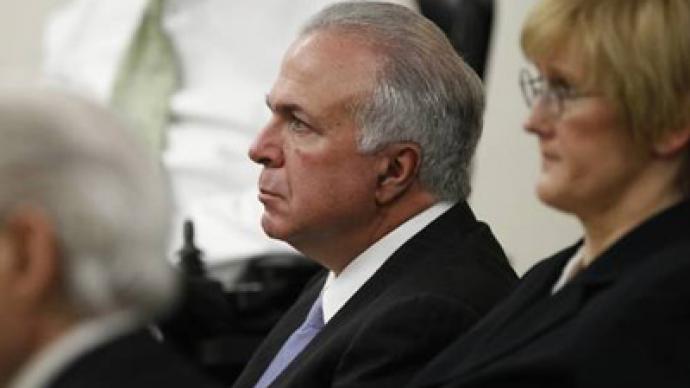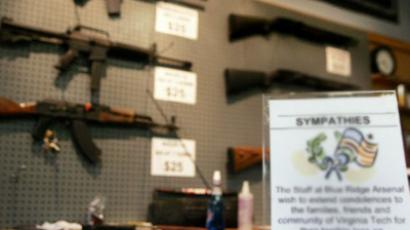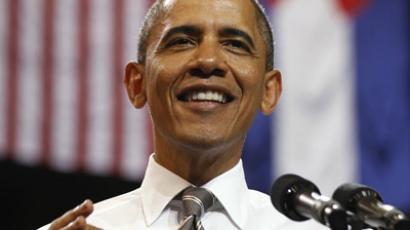Millionaire doctor kills teenager and receives no punishment

Alix Rice’s 18-year-old body flew 167 feet after Dr. James G. Corasanti’s $90,000 BMW collided into her at nearly 40 miles-per-hour as the physician drove home from a golf outing outside of Buffalo last year.
But on Wednesday evening, a jury in Western New York State acquitted Dr. Corasanti of second-degree manslaughter, second-degree vehicular manslaughter and a slew of other related charges, including leaving the scene of an incident without reporting. Dr. Corasanti will be sentenced for the one charge he was convicted of — a misdemeanor DWI — on August 16.Last summer’s crash in Amherst, New York made headlines, but rarely so outside of the area where Corasanti was considered a respected member of the medical community. Just days after the crash, however, that reputation quickly became tarnished after reports began to circulate that suggested that the trial stood to be a difficult one. Dr. Corasanti was "not cooperating" with the district attorney’s office, Sedita told WGRZ at the time. The DA told reporters that neither the physician nor his wife were aiding investigators and other articles circulated suggesting that neighbors and potential eyewitnesses were refusing to speak with agents assigned to the case."Both he and his wife have refused to cooperate with investigators," Sedita added days after the incidentAs the case made it to trial in recent weeks, questions came up time and time again over Dr. Corasanti’s behavior on the night of the crash. The only blood-alcohol test that Dr. Corasanti submitted to that evening put him above the legal limit for driving in New York State — five hours after the incident.“If he wasn't drunk, his blood test five hours later wouldn't say he was,” prosecutor James Bargens told the jury during the trial. The doctor admitted on the stand to ordering several rum and Diet Pepsi cocktails, Benedictine and brandy and a white creme de menthe at a “martini golf” outing at a nearby country club earlier that evening. "I wasn't drunk," Corasanti responded on stand, however. "I did not feel the effects of alcohol."Elsewhere during the trial, jurors were asked to excuse the physician’s impressive income which some had suggested could buy his freedom. "What his salary was has nothing to do with this case," his attorney insisted in court; prosecutors said that, in 20 years’ time, the doctor’s income would be close to $8 million. His current salary is around seven times the annual median income for a household in the Buffalo metropolitan region.Most information from the July 8, 2011 crash was considered during the trial, although some critics have condemned the court for not allowing other evidence to be admitted. Buffalo’s WKBW adds that Corasanti testified to drinking five alcoholic beverages in six hours that evening, and Patrick Lakamp of the Buffalo News adds in a May 27 report that the physician purchased a $100 bottle of Silver Oak Cabernet Sauvignon that evening as well — although that tidbit was never brought up in court. Jurors were also prohibited from hearing about a 1996 incident where the doctor was convicted of driving while ability impaired after he registered a blood-alcohol content level of twice the legal limit. No one could agree, however, that the doctor had been drinking excessively the night of the incident.Although he admitted his role in the crash, he walked out of a Buffalo courtroom on Wednesday with a mere slap on the wrist; for being spared a felony conviction, he can also continue to practice medicine.Erie County District Attorney Frank A. Sedita III says he was "absolutely astonished" over the acquittal when the Buffalo News caught up with him shortly after. "They believed the claims and explanations of Dr. Corasanti," Sedita explains. "Personally, I didn't believe them. I wasn't on the jury."Along as jurors had reason to believe that the physician was not guilty of the crimes, however, a guilty verdict couldn't be delivered. Reasonable doubt, says Sedita, was enough to avoid a conviction. "They believed the claims and explanations of Dr. Corasanti," he tells the paper.Corasanti also admitted to texting while driving home that evening, but only while stopped in traffic"You put the phone down just in time to not see Alix, right?" prosecutor Christopher J. Belling asked him during the trial. "This was his once-in-a-lifetime opportunity, and I submit to you that this defendant was prepared with an excuse for every single, minute detail of this case. And that preparation was obvious," the prosecutor told jurors before the case came to a close."No one in this room expected him to get up on the witness stand and say, 'You're right, Mr. Bargnesi. I was drunk. I was texting. And I was speeding. And when I killed Alix, I was in the bike lane and I knew it.' No one expected him to say that, right?"That doesn't even happen on TV or in the movies, much less in a real criminal courtroom," the prosecutor said. "So, instead, we heard one excuse after the next — one stupid, selfish and ridiculous excuse."When court ended Wednesday night, though, a jury relieved Dr. Corasanti of all felony charges. The verdicts delivered on Wednesday night at the Erie County Courthouse in Buffalo, NY concluded that the physician was over the legal blood-alcohol limit when he killed Ms. Rice. Initially, an accident reconstruction investigator for the Amherst Police Department said the car appeared to have collided with Ms. Rice at upwards of 52 miles-per-hour, to which Corasanti responded, "I don't think my speed played a role," reports the Buffalo News.“To convict the doctor of vehicular manslaughter, prosecutors had to prove that drunken driving directly caused the death of the victim,” journalists for the Buffalo News filed in a report late Wednesday. “To convict him of second-degree manslaughter, prosecutors had to show criminal recklessness caused her death.”On the stand last week, Dr. Corasanti said he "felt personal guilt" that he was "not able to help someone I hurt” because, after killing Rice he continued home. Surveillance footage from his camera mounted near his suburban residence outside of Buffalo showed him racing out of his house 28 minutes after the collision, reports the Buffalo News. Corasanti made an impromptu visit with his attorney before turning himself into authorities that evening. Corasanti added that he felt remose but identified that emotion as “not criminal guilt."Corasanti was freed on $100,000 bail shortly after the incident — only a few grand more than he paid for the luxury BMW used in the incident. Attorney Bob Friedman, not linked to the case, explains on his website that the misdemeanor driving while intoxicated charge can carry a maximum sentence in New York of $1000 and a one-year jail sentence. A civil trial may be introduced in court shortly.














